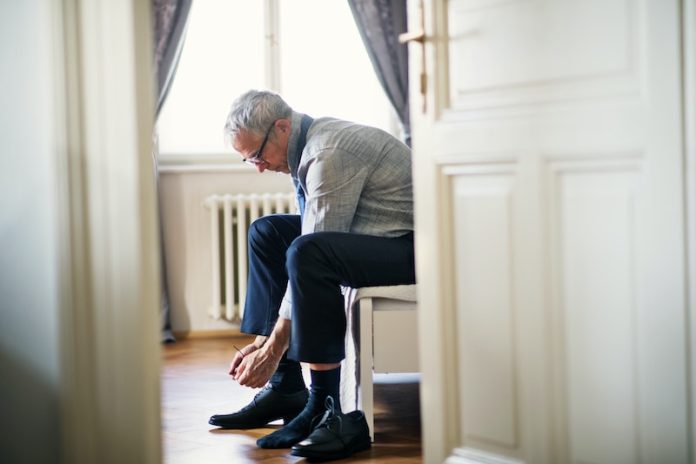
Eduardo Galvan works out six days a week for at least an hour. He eats a healthy diet.
And he’s considering someday moving from his two-story condo in Ann Arbor, Michigan, into a one-floor living space, because while he has good health today at 59, one thing he doesn’t have is someone to care for him should he lose it.
“I’m afraid that if something happened to me, some kind of chronic illness, I wouldn’t be able to handle it,” said Galvan, a self-described “loner” who lives alone with no spouse or adult children and a family medical history that includes heart disease, diabetes and high blood pressure.
“That’s why I work out so much.”
Childless, older adults are more likely to live alone than their peers who are parents, according to a 2021 Census Bureau report.
The report found 15.2 million – nearly 1 in 6 – adults 55 and older were childless, and 22.1 million lived alone, a trend that has been growing in recent years.
With more than 27% of adults in the U.S. living with multiple chronic health conditions – a number expected to grow substantially over the next two decades – experts say older adults will face a growing need for assistance.
As health conditions mount, the ability for older adults to perform tasks such as basic home maintenance or daily activities such as meal preparation, getting to and from doctor appointments, managing multiple medications and even dressing, bathing and using the toilet can decline.
“When you’re alone, these challenges get amplified,” said Dr. Karen Roberto, a university distinguished professor and senior fellow at the Virginia Tech Center for Gerontology in Blacksburg, Virginia.
“Safety is first and foremost the biggest issue. There is a greater propensity for falling, for example. There can be consequences to that if you’re alone.”
People typically turn to a spouse or an adult child for help, said Dr. Courtney Van Houtven, a professor in the department of population health science at Duke University in Durham, North Carolina.
“If they don’t have that, finding someone who can enable them to remain in their home safely can be a real challenge. It’s all about planning ahead.”
Most people don’t do that, she said. According to the U.S. Department of Health and Human Services, adults 65 and older have a 70% chance of needing some type of long-term care, whether it’s in the home or in a care facility such as assisted living.
But only 7.5 million adults in the U.S. – less than 3% of the population – carry long-term care insurance that would cover a home health aide or an assisted living facility. “They think it won’t happen to them,” Van Houtven said.
For those with very low incomes, Medicaid covers many long-term care costs, she said. Depending on the state, these can be either in a nursing facility or through home- and community-based services.
Medicaid is the largest funder of long-term care services in the U.S. But most people rely on unpaid caregivers, such as family or friends.
People who are aging alone, like Galvan, may be more likely to plan because they know they don’t have anyone else to help them, Van Houtven said.
“They sometimes come up with creative solutions that don’t cost money,” she said.
“You hear more and more about people moving to be near friends so they can have support.” Others turn to home sharing or may rent a room to a university student who can help with household tasks.
Staying socially connected can be helpful, Roberto said. People who don’t have strong social networks have fewer people to ask for help when they need it.
And there is strong evidence linking social isolation and loneliness to poorer health, including higher rates of stroke and heart disease, and higher levels of stress and depression.
Friends, neighbors, church members or others in the community can provide support when there is no family to do so, Roberto said.
“I can’t say enough about the value and importance of friendships to physical health and well-being. If you are alone, rekindle older friendships or make new ones.
If you’ve been a loner most of your life, that’s probably not going to change in your 70s, but you don’t have to have best friends. You just need to stay engaged in the community.”
Roberto recommends people without support take an inventory of the type of services available in their community, along with the costs involved, before they need them.
Area Agencies on Aging, senior centers, churches and other organizations may provide transportation, meals, home medical equipment, homemaker assistance and other types of support that allow someone to stay in their home more safely.
“You can’t plan for every situation, but you can be knowledgeable about your community,” Roberto said. “People often don’t think about needing help until they really need it.”
Written by Laura Williamson.
If you care about nutrition, please read studies about foods that could improve survival in Parkinson’s disease, and vitamin D supplements strongly reduce cancer death.
For more information about nutrition, please see recent studies about plant nutrient that could help reduce high blood pressure, and these antioxidants could help reduce dementia risk.
Follow us on Twitter for more articles about this topic.



